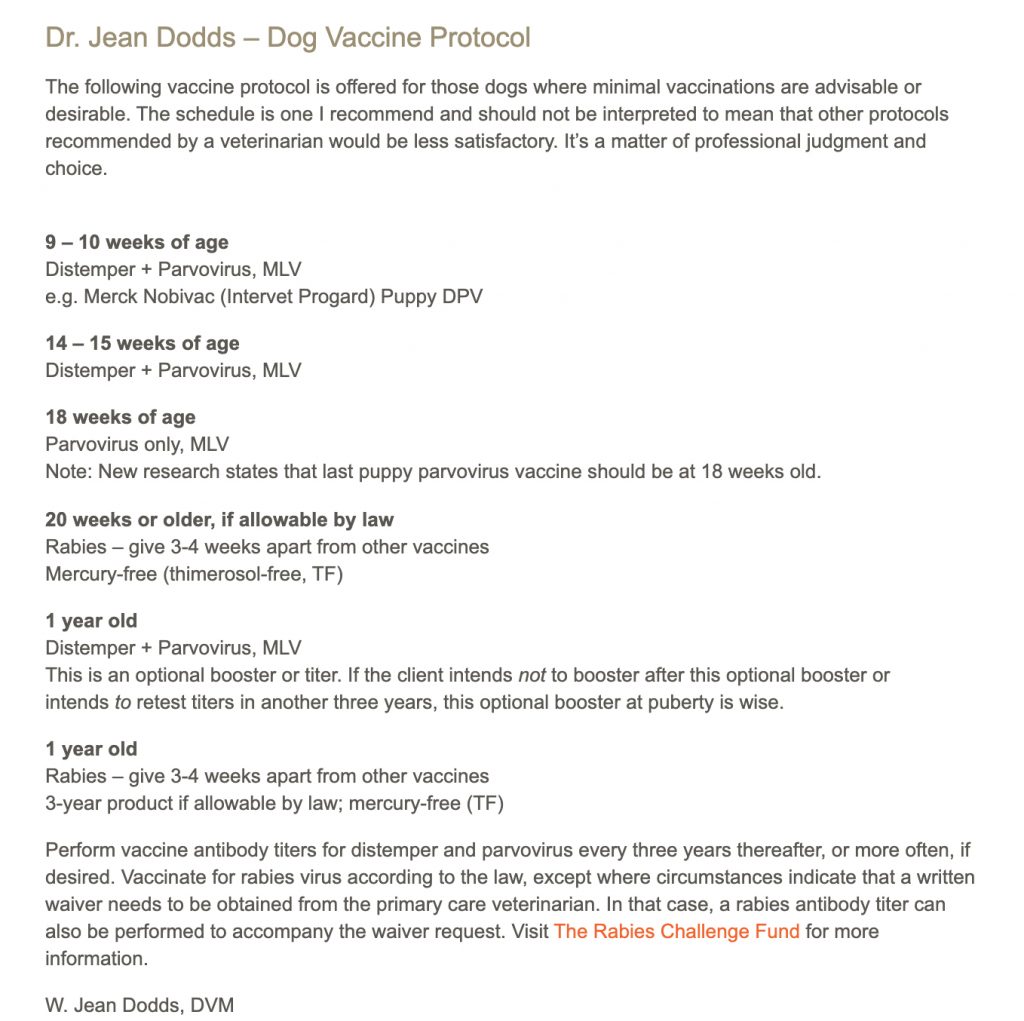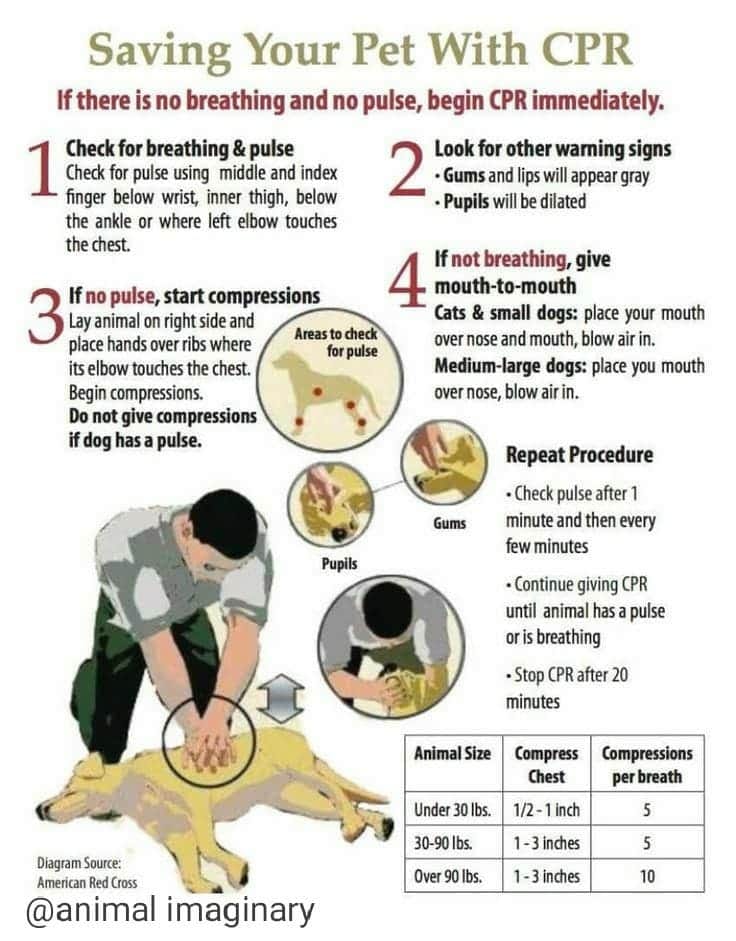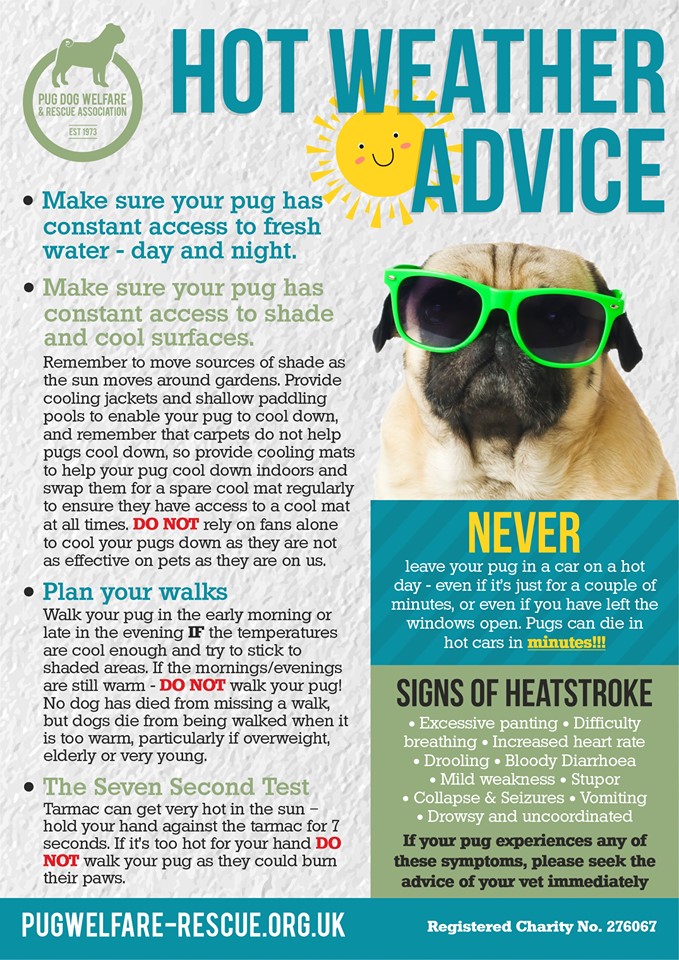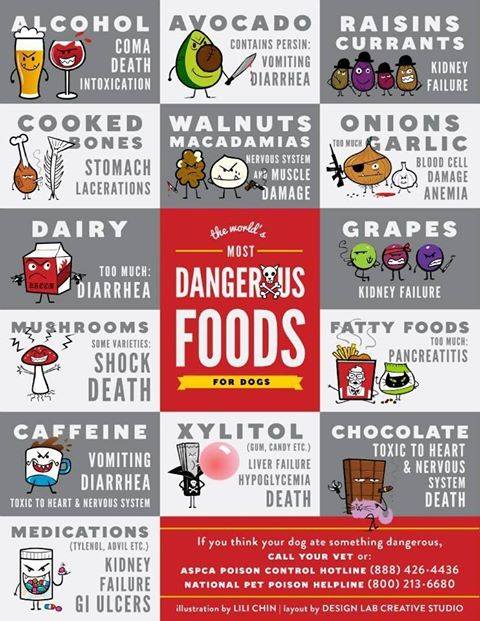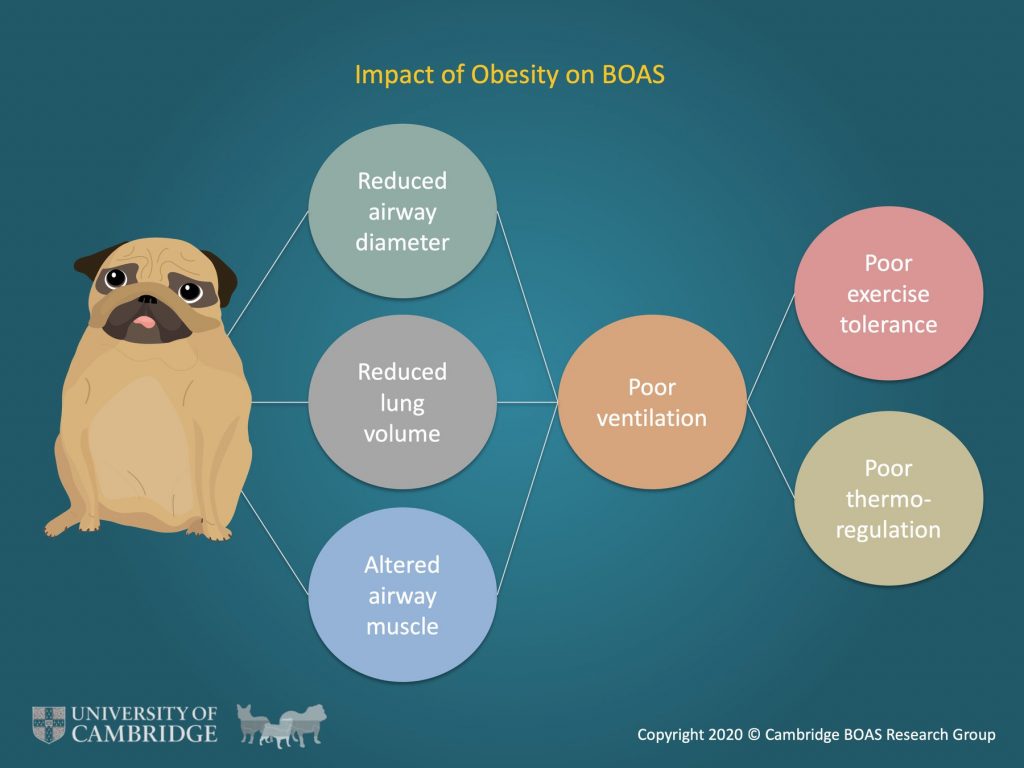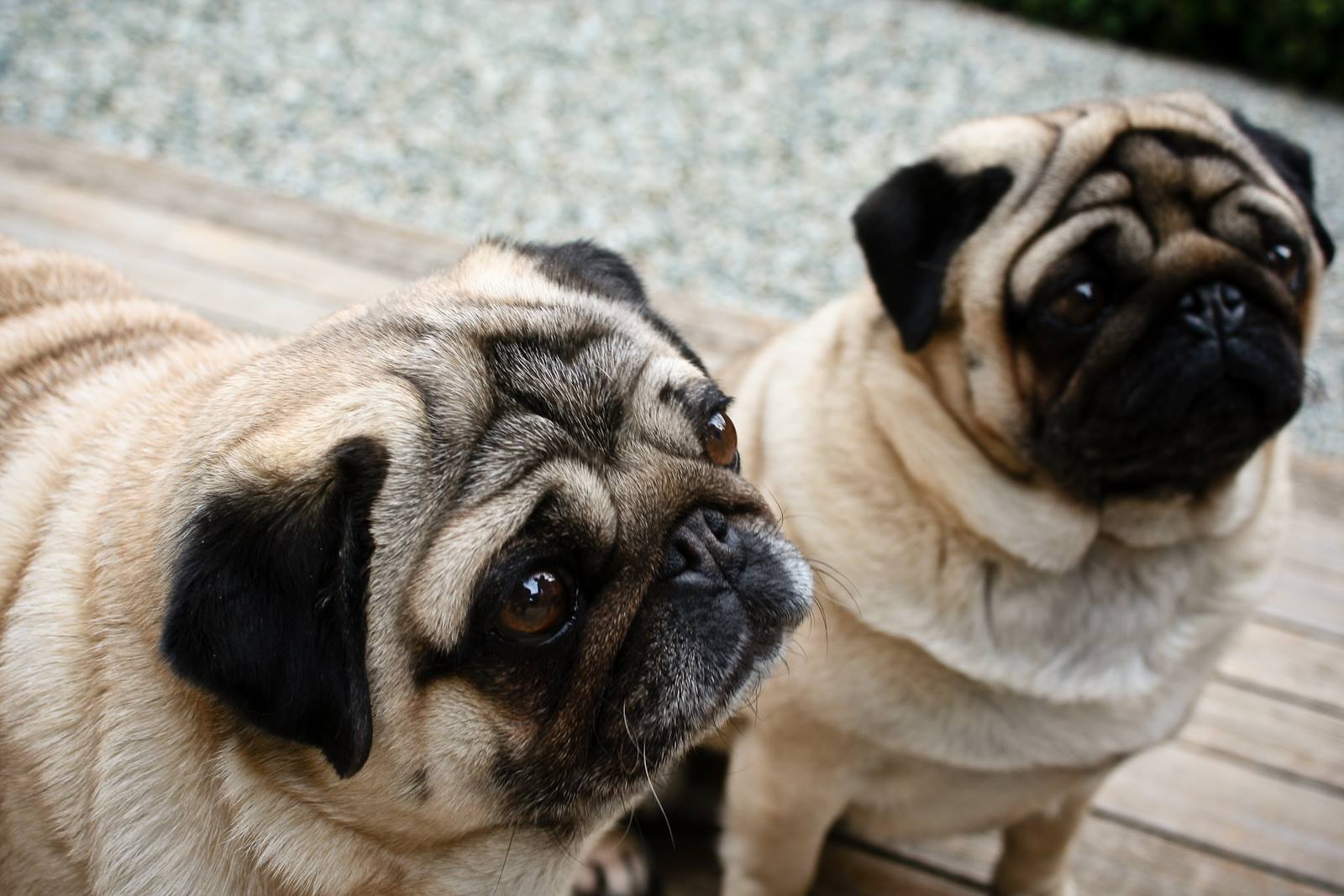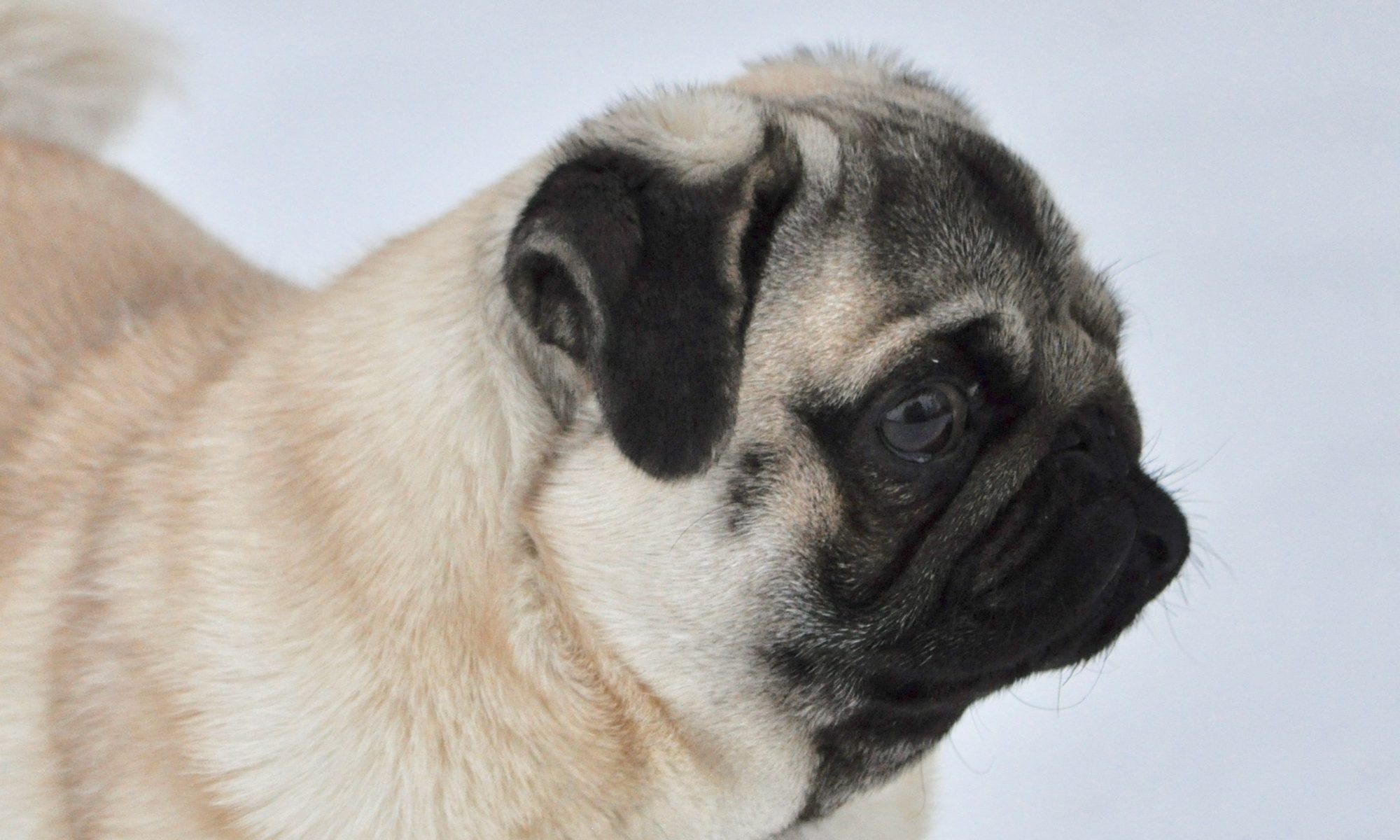“Dogs do speak, but only to those who know how to listen.” -Orhan Pamuk

Things a new pug owner should be thinking about…
Health testing… Why?
Pugs are a brachycephalic breed. Flat faced breeds need special care and health testing. Health testing is the basis of a quality sound breeding program. A quality breeder should be doing the following health tests and certification; PDE (Pug Dog Encephalitis), X-ray of Hips and Spine, patellas checked, heart checked, and eye CERF or CAER by an ophthalmologist. The PCC Information Pamphlet is designed to introduce you to specific health issues of the pug breed in order to inform you the future pug owner!
Breeder or not?
Choosing a quality breeder is your first frontline to obtaining a quality bred pug. Breeders who health test their breeding stock, maintain a quality living environment and raise puppies underfoot as part of the family, are invested in the wellbeing of their puppies. A breeder should be a support to you and your puppy for the lifetime of your pug!
PDE is described as a necrotizing meningoencephalitis and is invariably fatal. It usually affects dogs between 6 months and 7 years. However, the majority of dogs affected are between 9 and 19 months of age. The disease can last from several days to 6 months or more and usually starts in its acute, rapidly progressing form. Parents should be DNA tested for this disease.
Pugs have eyes that are more protruding then other breeds. Make sure they do not get dry eye by providing daily drops/ lubrication to avoid trauma to the eyes lessening the chance of ulcers. In the event of an eye injury seek veterinarian attention immediately.
Pugs can have noisy breathing. Make sure your pug has good nares and there are no palette issues. Extremes in weather can also have an effect on their breathing. More information on breathing click on BOAS.
Care should be taken in keeping your pug clean with the occasional bath and the cleaning of the nose wrinkle to prevent bacterial infections.
Pug Myelopathy (No DNA test at present) is a recognized spinal condition in Pugs. Pug Myelopathy is considered the most frequent cause of rear limb incoordination and progress to paralysis of the rear limbs over a period of one to four years. The cause is a neurological deficit that develops in the spine. Affected dogs may initially drag their feet, stagger, have trouble jumping and can be fecal and urinary incontinent. It usually affects just the rear limbs, unlike, Degenerative Myelopathy (DM), which can have similar initial signs, but progresses complete paralysis and death.
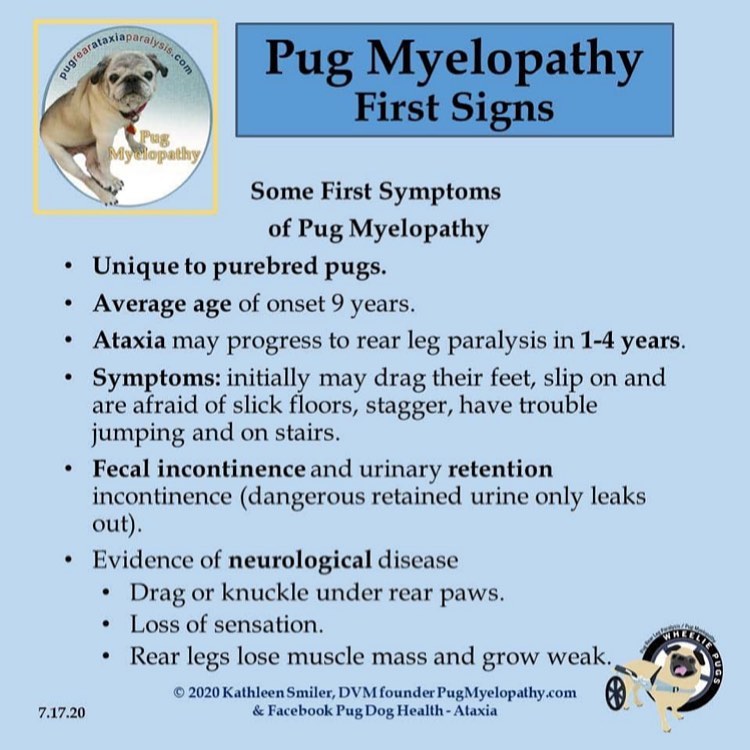
Over the Counter Remedies for your Pug! – Please consult your Veterinarian before giving any of the remedies below
DO NOT feed your dog anything with Xylitol. “Xylitol is extremely toxic to dogs. Even small amounts of xylitol can cause hypoglycaemia (low blood sugar), seizures, liver failure or even death in dogs.” Excerpt taken from vcahospitals.com
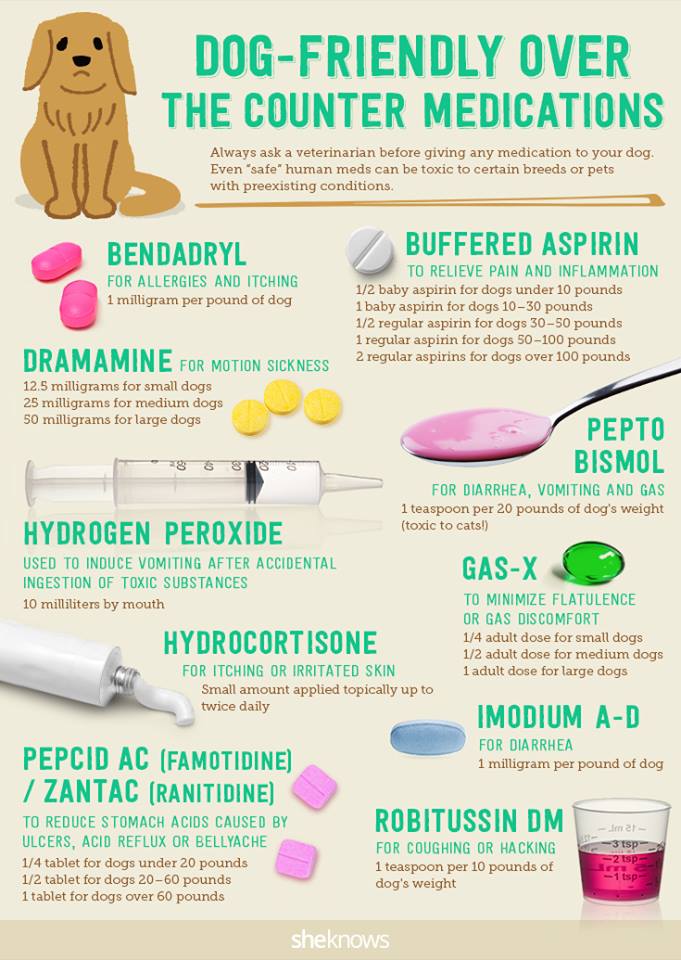
Health tips for your Pug!
Routine Care, Diet, and Exercise
Establishing a routine for you and your pug is a great way to help catch health concerns right away. Feeding a premium diet and a regular exercise regime is also a great way to help maintain a healthy body weight. Pugs are know to become obese quickly, so measuring out their food and feeding a high quality diet will also maintain a happy healthy pug.
- Supervise your pug as you would a toddler. Keep doors closed, pick up after yourself, and block off rooms as necessary. This will keep away objects they shouldn’t put in their mouth.
- Pugs have low grooming needs. Brush their coat as needed, at least weekly.
- Pugs often have serious problems with their teeth, so you’ll need to brush them at least three times a week!
- Clean her ears weekly, even as a puppy using a veterinarian prescribed daily ear solution.
- The deep wrinkles need to be cleaned and dried often to prevent infections.
- Your pug is well suited for apartment living, but will need a daily walk and regular inside play.
- They are sensitive to temperature extremes; avoid any prolonged exposure and be very alert to the signs of heat stress (see information poster below).
- Keep your dog’s diet consistent and don’t give them table scraps.
- Feed a high-quality diet appropriate for their age. This can be a kibble, homemade and or a raw diet. Please read the label!!! Ask the breeder and research the food you think will be best for your pug.
- Exercise your dog regularly, but don’t overdo it they have small frames.
Protocol for Vaccinations – by Dr. Jean Dodds, DVM
